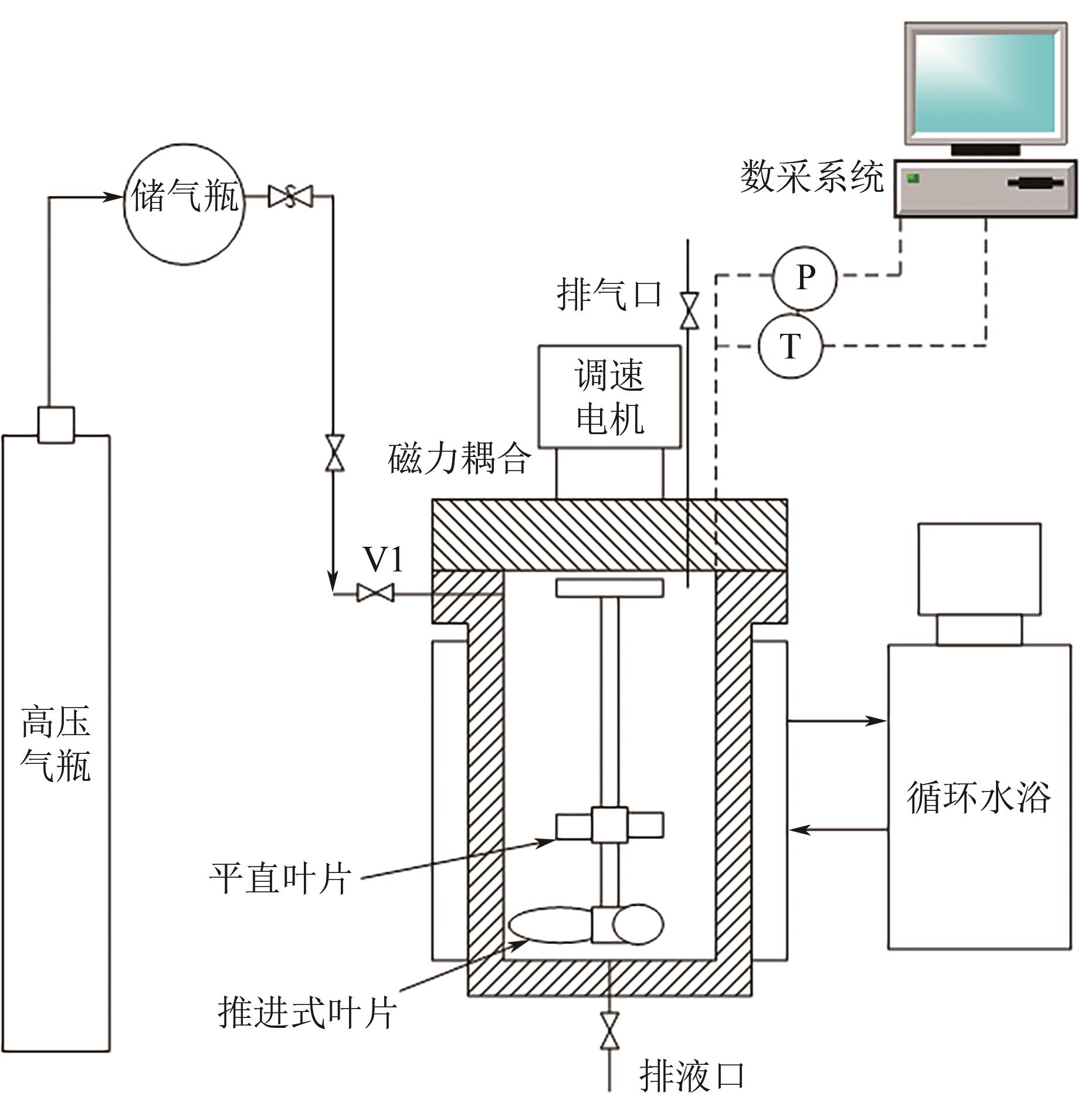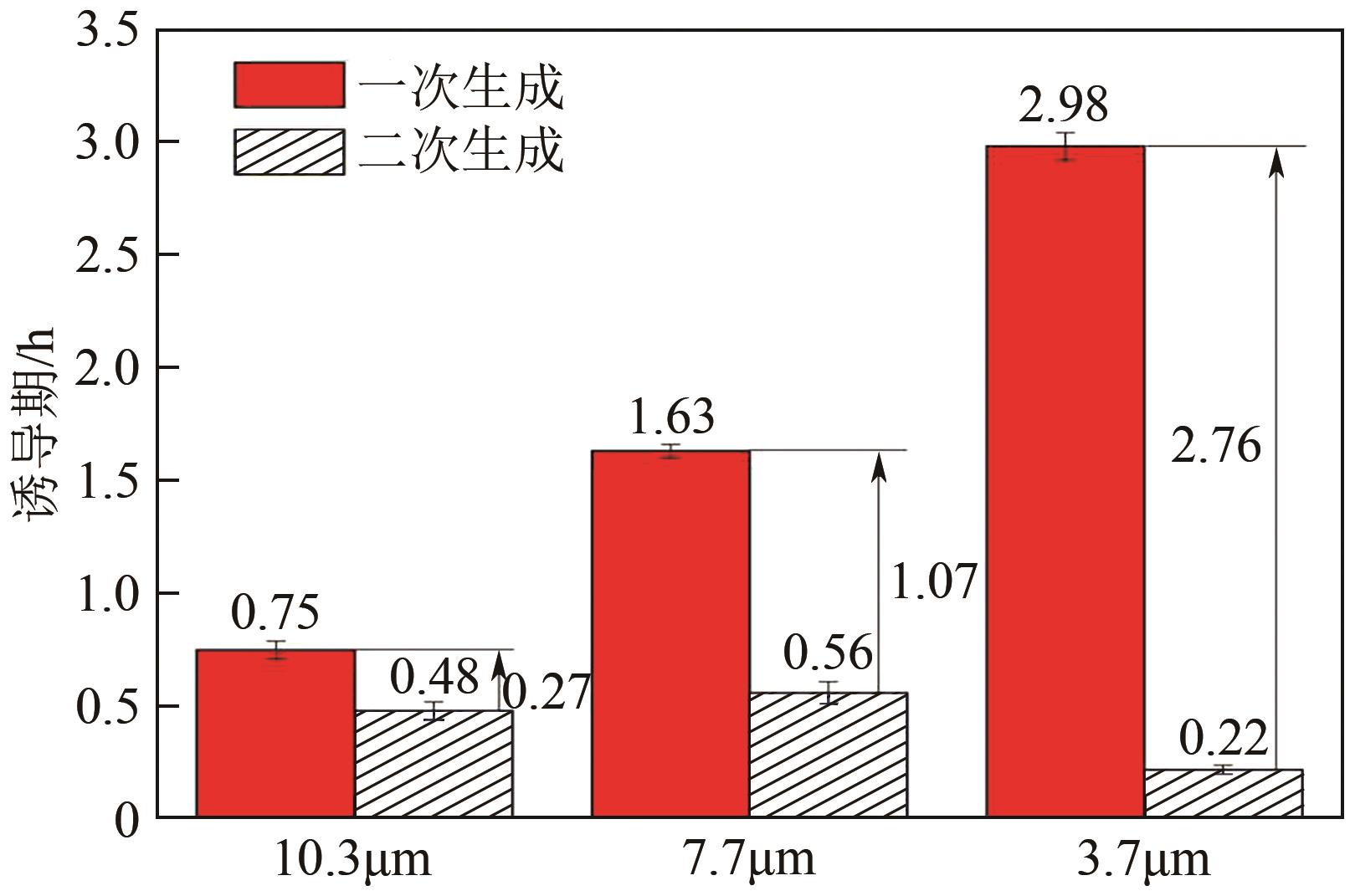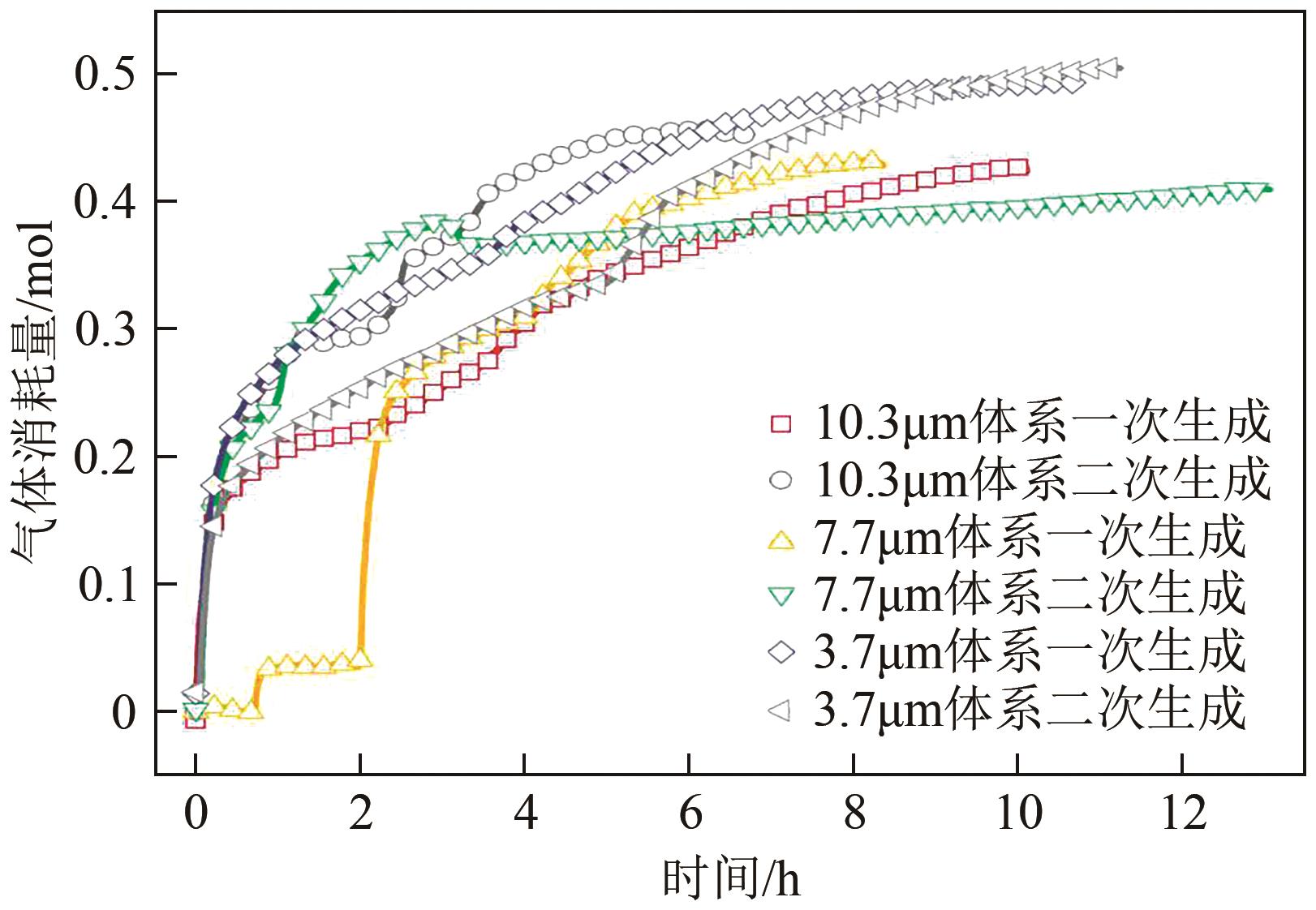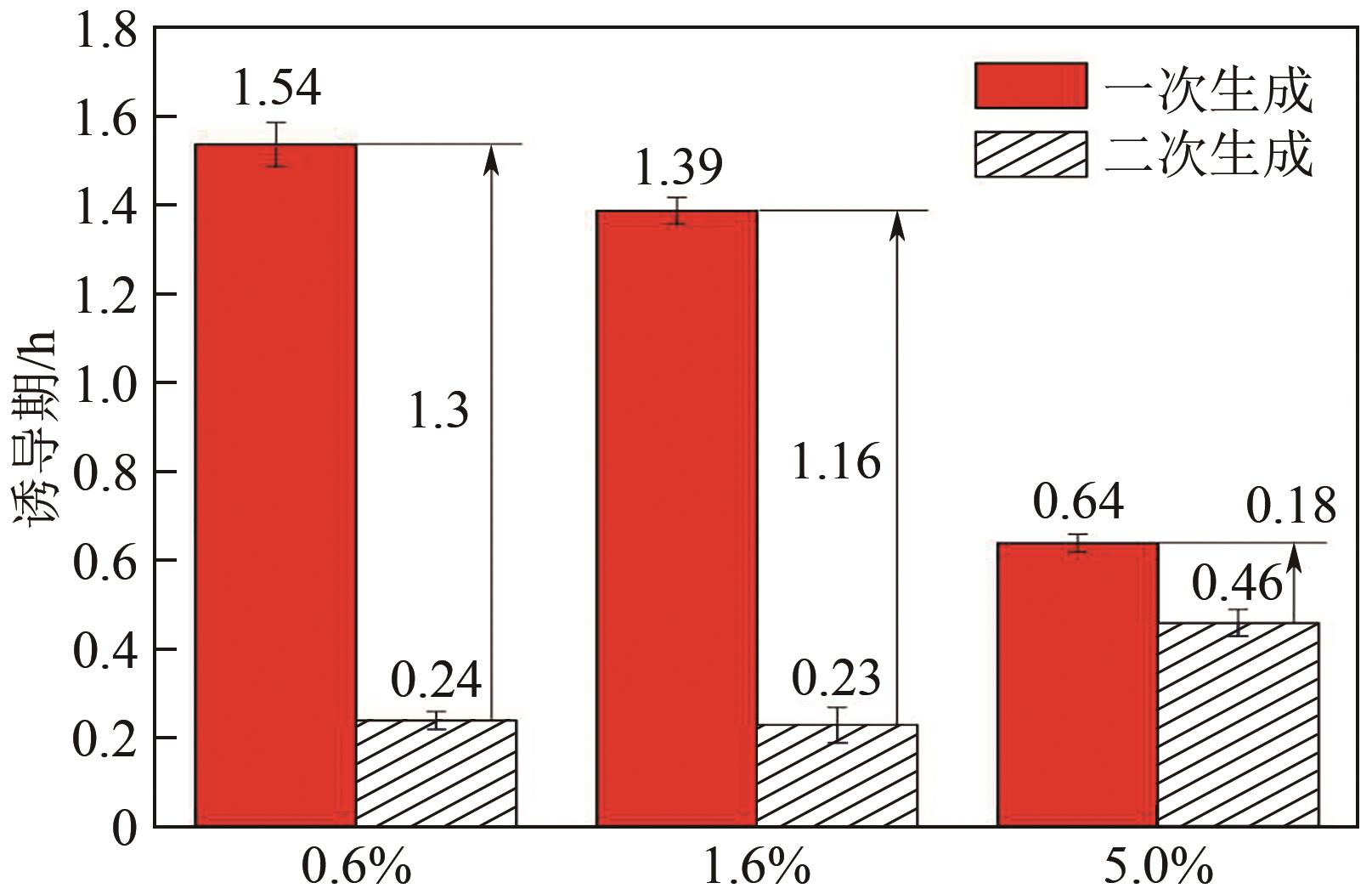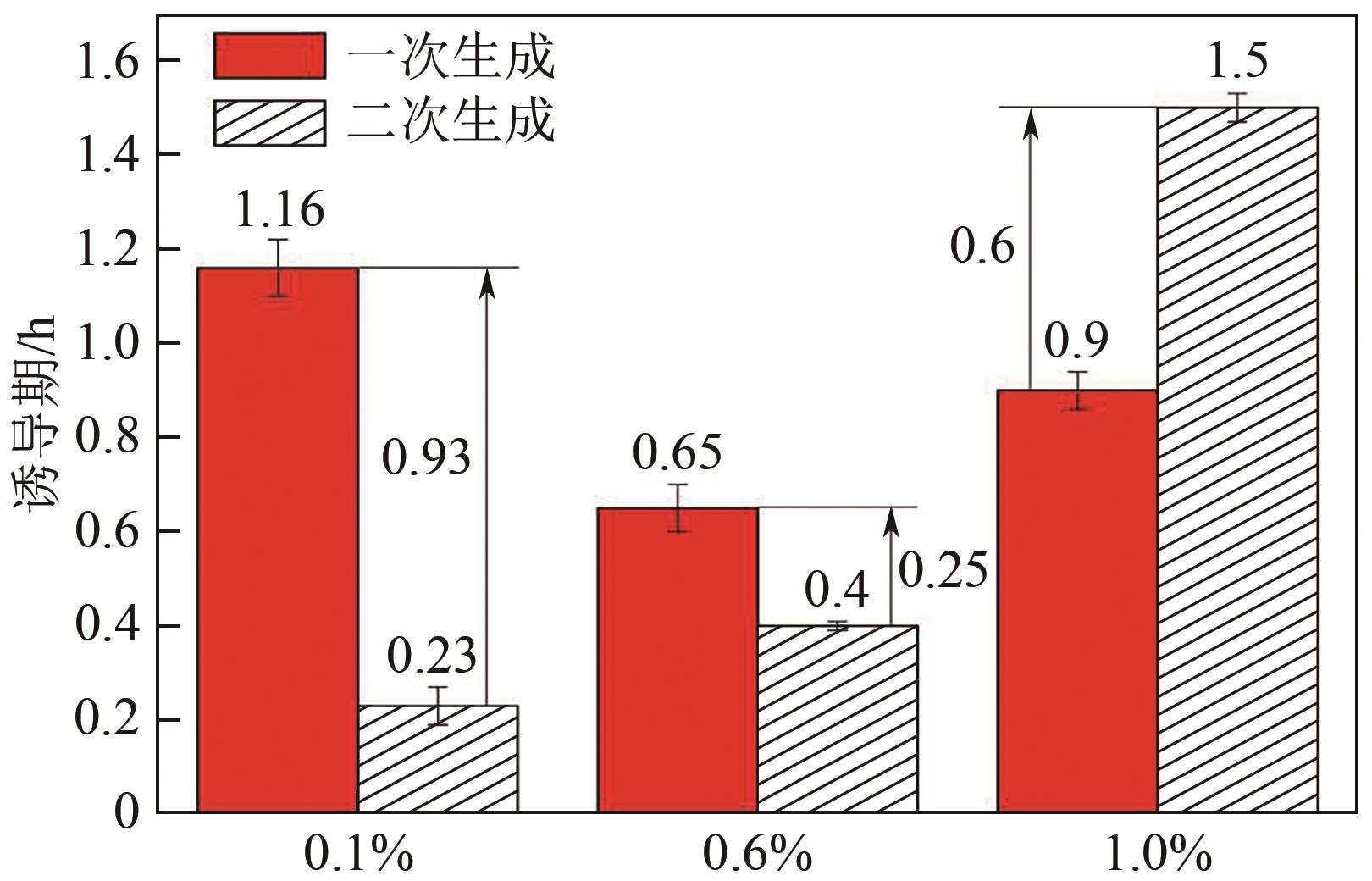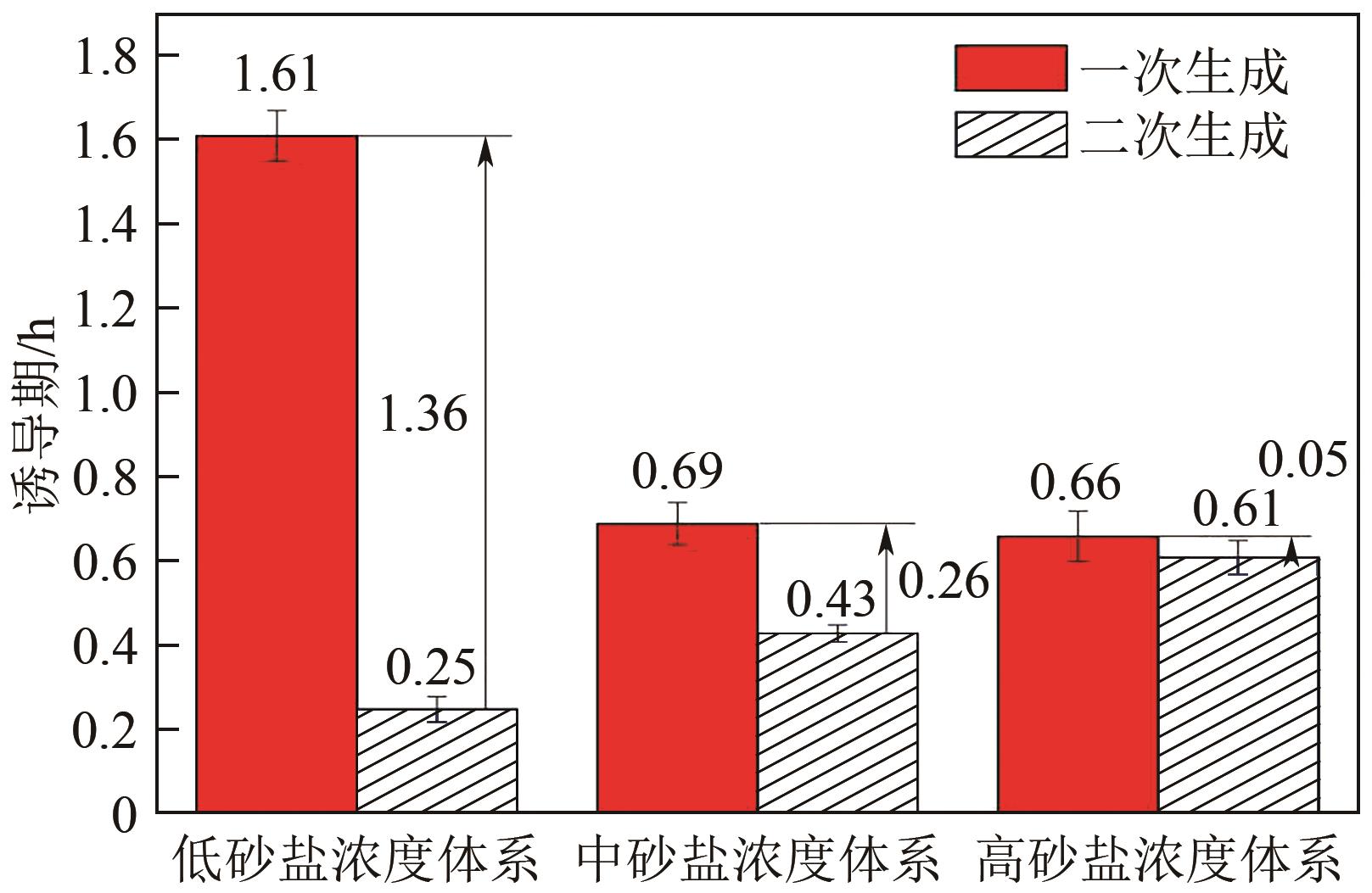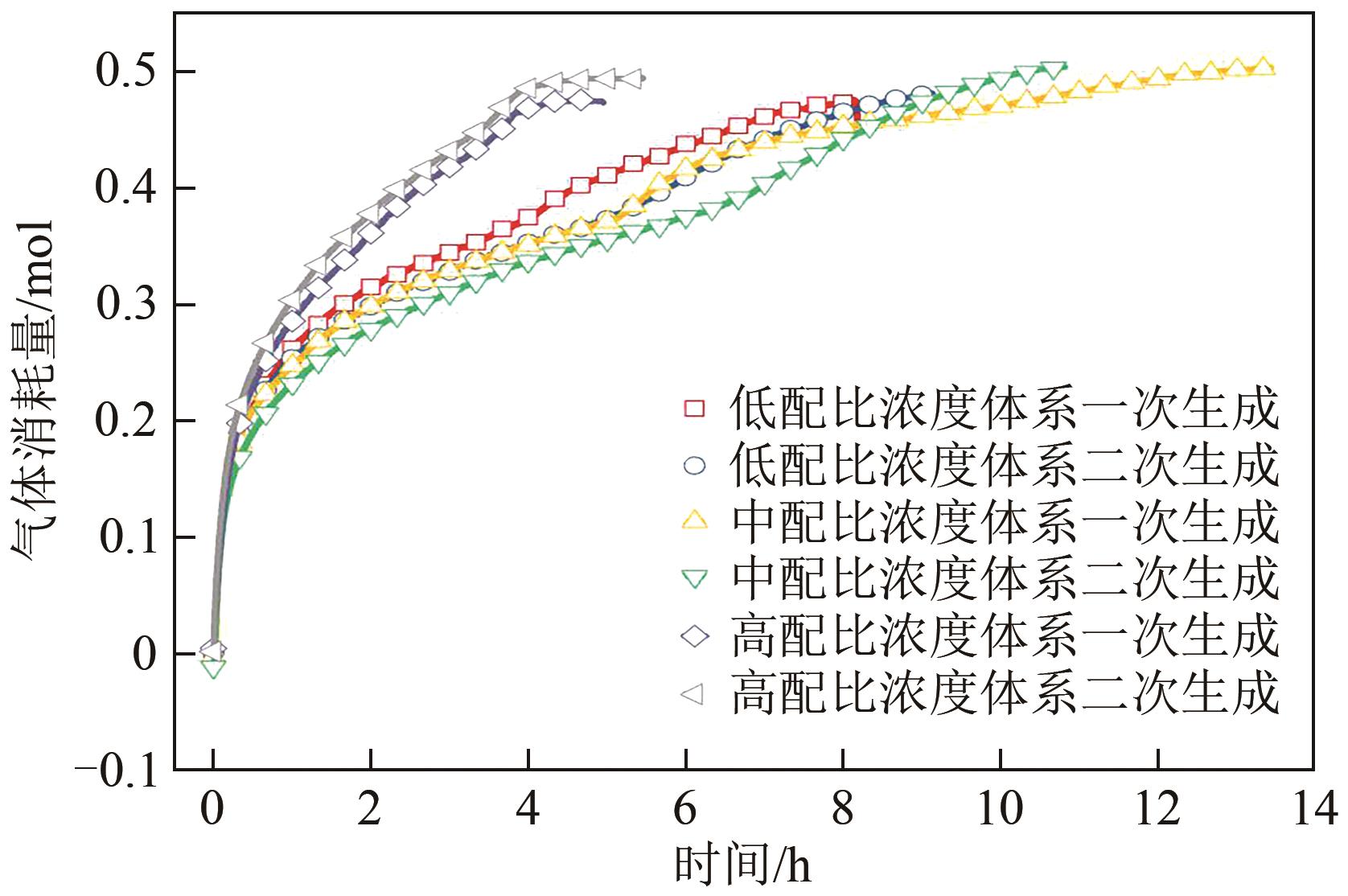| 1 |
陈光进, 孙长宇, 马庆兰. 气体水合物科学与技术[M]. 2版. 北京:化学工业出版社, 2020.
|
|
CHEN Guangjin, SUN Changyu, MA Qinglan. Gas hydrate science and technology[M]. 2nd ed. Beijing: Chemical Industry Press, 2020.
|
| 2 |
周守为, 陈伟, 李清平. 深水浅层天然气水合物固态流化绿色开采技术[J]. 中国海上油气, 2014, 26(5): 1-7.
|
|
ZHOU Shouwei, CHEN Wei, LI Qingping. The green solid fluidization development principle of natural gas hydrate stored in shallow layers of deep water[J]. China Offshore Oil and Gas, 2014, 26(5): 1-7 .
|
| 3 |
周守为, 陈伟, 李清平, 等. 深水浅层非成岩天然气水合物固态流化试采技术研究及进展[J]. 中国海上油气, 2017, 29(4): 1-8.
|
|
ZHOU Shouwei, CHEN Wei, LI Qingping, et al. Research on the solid fluidization well testing and production for shallow non-diagenetic natural gas hydrate in deep water area[J]. China Offshore Oil and Gas, 2017, 29(4):1-8.
|
| 4 |
赵金洲, 周守为, 张烈辉, 等. 世界首个海洋天然气水合物固态流化开采大型物理模拟实验系统[J]. 天然气工业, 2017, 37(9): 15-22.
|
|
ZHAO Jinzhou, ZHOU Shouwei, ZHANG Liehui, et al. The first global physical simulation experimental systems for the exploitation of marine natural gas hydrates through solid fluidization[J]. Natural Gas Industry, 2017, 37(9): 15-22.
|
| 5 |
周守为, 赵金洲, 李清平, 等. 全球首次海洋天然气水合物固态流化试采工程参数优化设计[J]. 天然气工业, 2017, 37(9): 1-14.
|
|
ZHOU Shouwei, ZHAO Jinzhou, LI Qingping, et al. Optimal design of the engineering parameters for the first global trial production of marine natural gas hydrates through solid fluidization[J]. Natural Gas Industry, 2017, 37(9): 1-14.
|
| 6 |
CHEN Yuchuan, GONG Jing, SHI Bohui, et al. Investigation into methane hydrate reformation in water-dominated bubbly flow[J]. Fuel, 2020, 263: 116691.
|
| 7 |
宋尚飞, 史博会, 许海银,等. 水合物生成记忆效应研究进展[J]. 化工机械, 2017, 44(5): 463-470.
|
|
SONG Shangfei, SHI Bohui, XU Haiyin, et al. Progress in research of hydrate memory effect[J]. Chemical Engineering & Machinery, 2017, 44(5): 463-470.
|
| 8 |
OSHIMA Motoi, SHIMADA Wataru, HASHIMOTO Shunsuke, et al. Memory effect on semi-clathrate hydrate formation: A case study of tetragonal tetra-n-butyl ammonium bromide hydrate[J]. Chemical Engineering Science, 2010, 65(20): 5442-5446.
|
| 9 |
OHMURA Ryo, OGAWA Mikio, YASUOKA Kenji, et al. Statistical study of clathrate-hydrate nucleation in a water/hydrochlorofluorocarbon system: Search for the nature of the “memory effect”[J]. The Journal of Physical Chemistry B, 2003, 107(22): 5289-5293.
|
| 10 |
THOMPSON Helen, SOPER Alan K, BUCHANAN Piers, et al. Methane hydrate formation and decomposition: Structural studies via neutron diffraction and empirical potential structure refinement[J]. The Journal of Chemical Physics, 2006, 124(16): 164508-164519.
|
| 11 |
Mark RODGER P. Methane hydrate: Melting and memory[J]. Annals of the New York Academy of Sciences, 2000, 912(1): 474-482.
|
| 12 |
MATSUMOTO Masakazu, WADA Yoshinari, OONAKA Aya, et al. Polymorph control of glycine by antisolvent crystallization using nitrogen minute-bubbles[J]. Journal of Crystal Growth, 2013, 373: 73-77.
|
| 13 |
ZENG Huang, WILSON Lee D, WALKER Virginia K, et al. Effect of antifreeze proteins on the nucleation, growth, and the memory effect during tetrahydrofuran clathrate hydrate formation[J]. Journal of the American Chemical Society, 2006, 128(9): 2844-2850.
|
| 14 |
ZENG Huang, MOUDRAKOVSKI Igor L, RIPMEESTER John A, et al. Effect of antifreeze protein on nucleation, growth and memory of gas hydrates[J]. AIChE Journal, 2006, 52(9): 3304-3309.
|
| 15 |
CHEN Yuchuan, SHI Bohui, LIU Yang, et al. Experimental and theoretical investigation of the interaction between hydrate formation and wax precipitation in water-in-oil emulsions[J]. Energy & Fuels, 2018, 32(9): 9081-9092.
|
| 16 |
孙慧翠,王韧,徐显广,等. 亲水纳米SiO2对CH4水合物形成的影响[J]. 中国石油大学学报(自然科学版), 2018, 42(3): 81-87.
|
|
SUN Huicui, WANG Ren, XU Xianguang, et al. Effect of hydrophilic nano-SiO2 on CH4 hydrate formation[J]. Journal of China University of Petroleum (Edition of Natural Science), 2018, 42(3): 81-87.
|
| 17 |
NASHED Omar, PARTOON Behzad, Bhajan LAL, et al. Review the impact of nanoparticles on the thermodynamics and kinetics of gas hydrate formation[J]. Journal of Natural Gas Science and Engineering, 2018, 55: 452-465.
|
| 18 |
SLOAN E Dendy, Carolyn A KOH. Clathrate hydrates of natural gases[M]. 3rd ed. Boca Raton, FL: CRC Press/Taylor & Francis, 2008.
|
 ), 黄婷1(
), 黄婷1( ), 史博会2, 庞维新1, 陈玉川3, 宫敬2
), 史博会2, 庞维新1, 陈玉川3, 宫敬2
 ), HUANG Ting1(
), HUANG Ting1( ), SHI Bohui2, PANG Weixin1, CHEN Yuchuan3, GONG Jing2
), SHI Bohui2, PANG Weixin1, CHEN Yuchuan3, GONG Jing2
